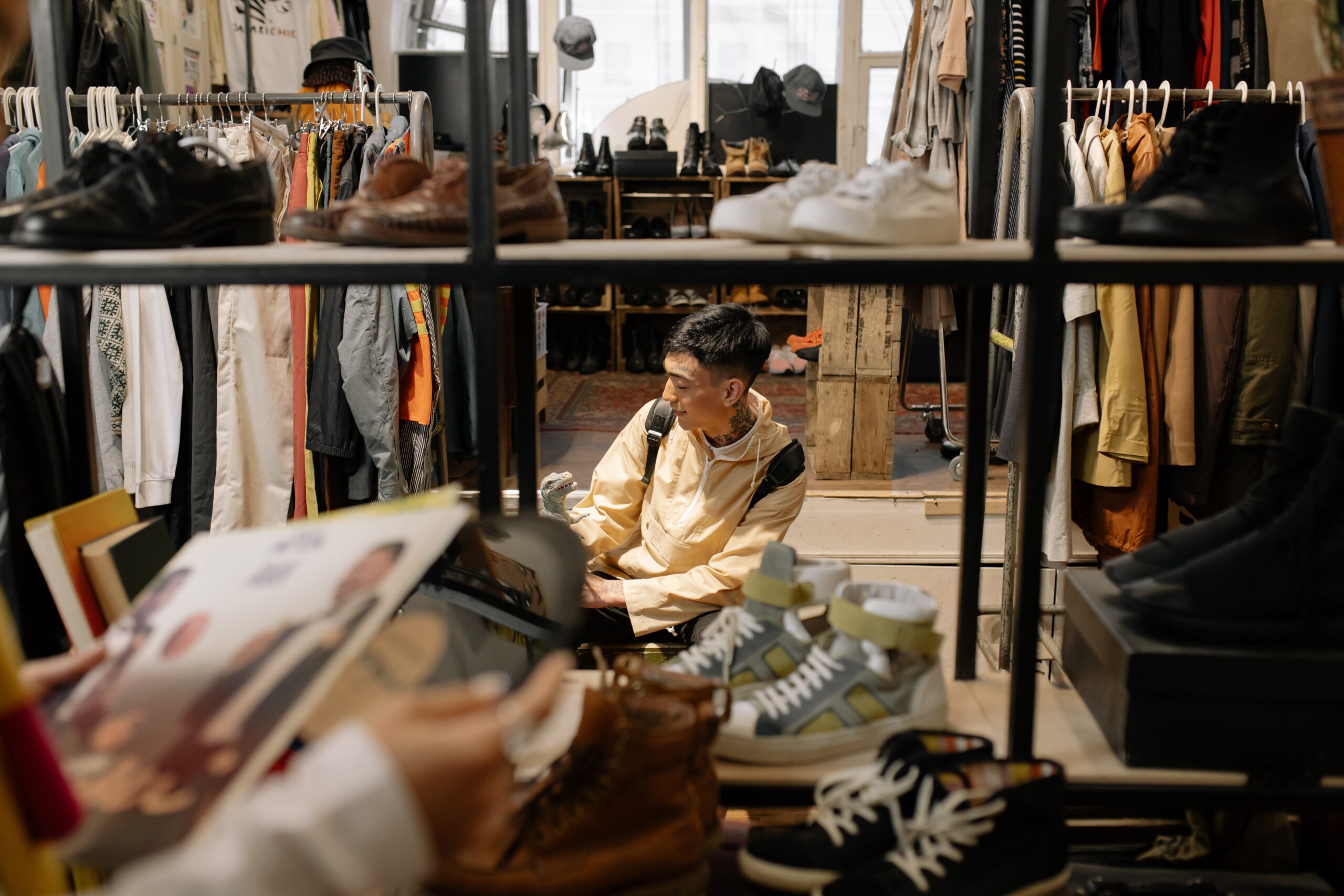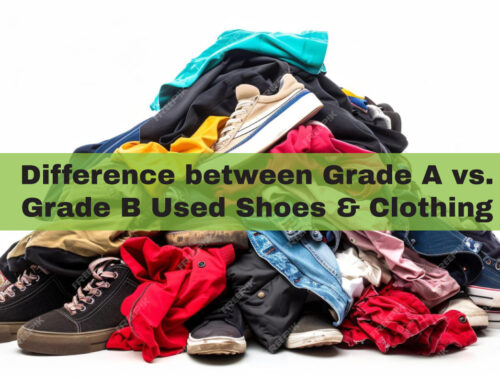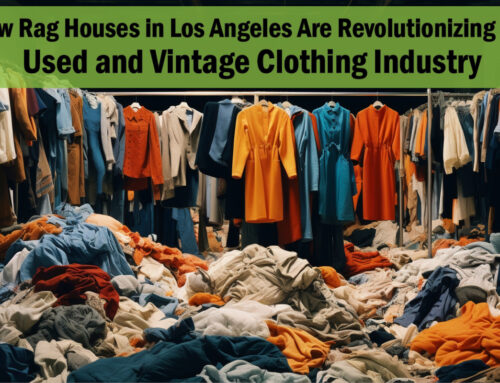Used clothing is a billion-dollar global industry. Nearly 70% of all clothes that are donated worldwide end up in Africa. It is not surprising to find a Burberry jacket or Tommy Hilfiger jeans in the crowded markets of African towns and cities. However, these used clothing pieces are available at a fraction of the price in New York’s Fifth Avenue or London’s Regent Street. Finding these high-end pieces has become a common scene in the African continent.
Kenya, Uganda, Benin, Tanzania, Ivory Coast, Ghana, and Nigeria are some of the biggest markets for second-hand clothes. Nearly 100,000 tons of used clothing are imported by Kenya alone, providing revenues to the Govt. and creating thousands of jobs.
What fuels the used clothing market in Africa?
Affordability is the biggest driver of the used clothing market in Africa. The second-hand clothing market received an impetus when the liberalization policies of the 80s and 90s created a new age of competition in the local garments industries. Prior to that, high tariffs protected local garments and other businesses.
Once economic liberalization programs were introduced backed by the International Monetary Fund and World Bank, tariffs were lowered. The local industries struggled with the new competition, and many were forced to shut down. Used clothing found a way to fill in the gap. Clothes from China were introduced as an alternative, but people preferred used clothing over Chinese clothes due to their poor quality.
Several factors are responsible for the widespread popularity of used clothing in Africa.
Affordability
In many countries of Africa, people cannot even afford the cheapest garments sold in local stores. Many times used clothing is sold at a higher price than new items. The urban middle income consumers are the primary target. However, items that are out of style or of inferior quality trickle down the supply chain. These items make their way to rural areas where consumers have a lower income and even fewer alternatives.
Quality
Second-hand clothes and shoes that are sourced from developed nations are generally of better quality than those available in the local market. Many customers were even willing to pay a higher price for used items than comparable new ones.
The source of the donation was also more important than the clothing label. For instance, clothes produced in China or Western countries for their domestic market were of better quality than clothes produced for the African market.
Low startup costs
For used clothing, the buy-in costs are quite low for local vendors. It created economic opportunities for vendors who had limited access to startup capital. Despite starting off their business with limited capital, vendors were able to expand their business and create multiple job opportunities.
Fashion trends
Another reason for the popularity of used clothing is fashion trends and the uniqueness of these clothes. The younger crowd has greater exposure to international trends through social media. The “latest trends” that they crave is often not available in local stores, which is why they turn to used clothing.
The second-hand clothing market in Africa is an example to the world
For moving towards a circular economy, representatives of global textile recyclers have requested countries to follow the example of Africa in used clothing consumption. These representatives were from
- Secondary Materials and Recycled Textiles Association (SMART) of the US
- The European Recycling Industries Confederation (EuRIC)
- The Textile Recycling Association (TRA) of the UK, and
- The Bureau of International Recycling (BIR).
These textile recyclers have also dispelled the myth that used clothing that ends up in developing countries gets discarded right away.
Although a lot of second-hand clothing does not get sold directly in the market, they are not discarded. These items are passed down the supply chain and are sold in rural areas and smaller markets in Africa.
According to the Executive Director of SMART, Jackie King, reusing and recycling is the solution rather than the problem. Used clothing that is exported to Africa and other countries is graded and sorted according to customer needs or preferences. When clothing does not sell in developed nations, it is shipped to other global markets for recycling or resale and not thrown away.
According to a study conducted by Economic Affairs in Kenya, the used clothing industry play a significant role in the Kenyan economy. The second-hand clothing market employs nearly two million people in the country. Nearly 91.5% of all Kenyan households buy used clothing. Many of the second-hand businesses are run by women, which promotes women empowerment and gender equality.
When 100 used garments are bought, it displaces almost 60 to 85 new garments. When fewer new garments are produced, it emits lesser greenhouse gasses and also reduces the use of chemicals and toxins used by the garment industry.
Samiyatex is one of the best second-hand clothes exporters in the USA. If you are looking for some vintage pieces of high-quality used items, visit Samiyatex for some bulk purchases.






